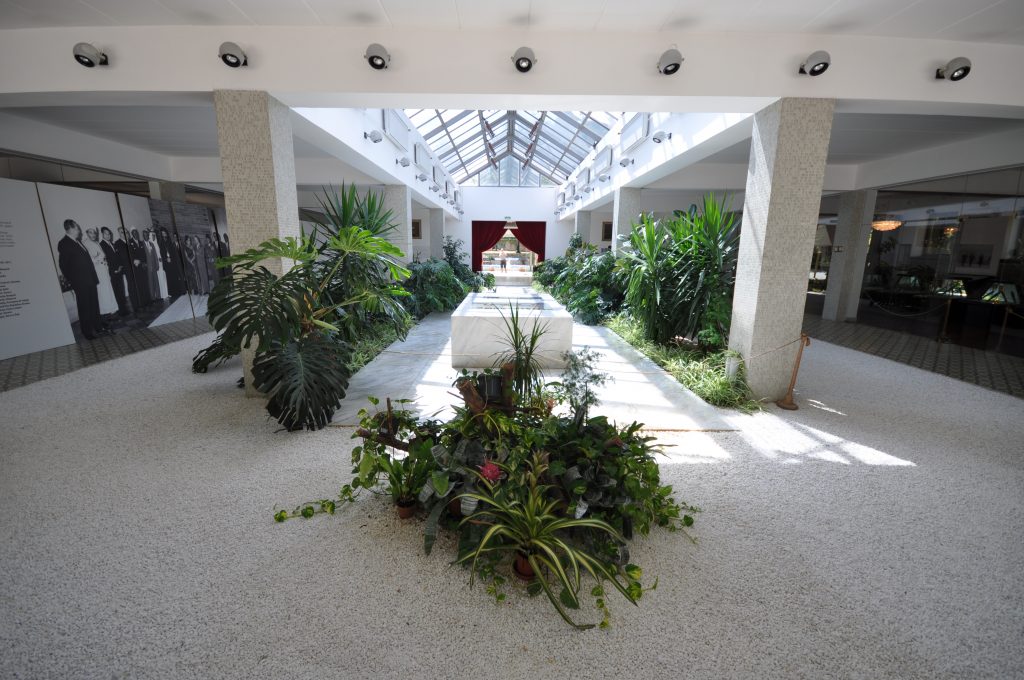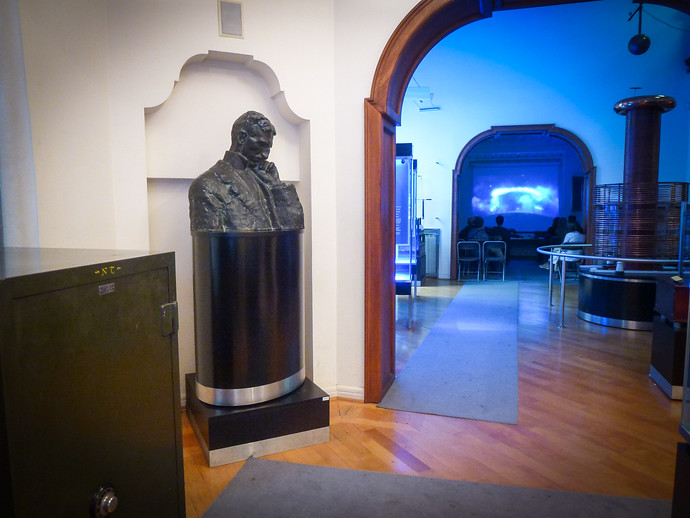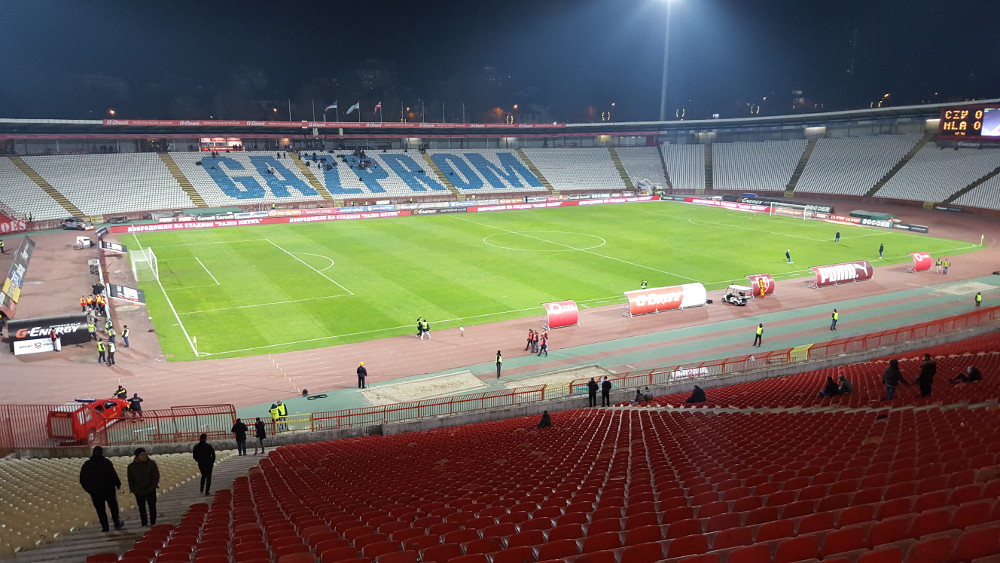The heartland of the former Yugoslavia (and, unfortunately the grand architect of some of the worst atrocities of the 1990s Yugoslav Wars), Serbia is a landlocked Central European country with a long history and a proud people. As with many other countries in the region, Serbia has historically been a victim of foreign invaders, from the Ottomans to the Austro-Hungarians.
The region in which its capital of Belgrade (‘White City’) is found has been inhabited, in one way or another, since the 5th century BC. It wasn’t really established as a city until the Romans occupied the region in the 1st century AD, at which point it was named Singidunum.
As a very old city, Belgrade naturally has a variety of interesting sights. Here’s how to spend a day in Belgrade.
Tito’s mausoleum

Josip Broz Tito is a man that needs a fair amount of introduction, but suffice it to say that he was the architect of Yugoslavia and held the union together until his death in 1980. Still revered across the whole of the former Yugoslavia, statues and monuments to him can be found everywhere from Ljubljana to North Macedonia. But it’s in his adopted hometown of Belgrade that the man himself can be found. Tour a DPRK-esque museum of gifts and medals given to/bestowed upon Tito, before visiting the mausoleum proper.
Belgrade Fortress

Situated on a hill overlooking the confluence of the Danube and Sava rivers, the sprawling Belgrade Fortress used to contain the entire city and is 2000 years old in some parts.
The grounds of the fortress are full of interesting sights and picturesque views of the city. Explore Ottoman-era architecture, Roman wells and the medieval gate of Despot Stefan Lazarević.
Skadarlija

Belgrade’s picturesque cobblestoned quarter of Skadarlija is the place to grab food whilst in Belgrade – head to a traditional restaurant like Dva Jelena (Twin Deer) for some fantastic traditional Serbian food and live folk music, then check out one of the many bars in the area.
NATO bombing sites

As the puppet master pulling on the strings of ethnic Serbs in Kosovo and Bosnia, Serbia proper eventually fell under the scrutiny of the US-led NATO coalition in the late 1990s, and military strikes began upon the defiant country.
Belgrade did not escape these strikes, and several structures within the city were hit. The most striking of these that remain unrepaired to this day include the former TV centre (where civilians were killed) and several government buildings in the city centre.
Church of St. Sava

The largest Orthodox church in the Balkans (and the second-largest in the world), the Church of St Sava is a dominating sight and one that cannot be missed when visiting Belgrade. Built as a sort of middle finger to the erstwhile Ottoman occupiers of the city, the church’s 50 bells can be heard across the city as they strike out noon.
Nikola Tesla Museum

A man who, like Tito, is claimed by more than one country in the Balkans (he was born in what is now Croatia, and streets, memorials and bars dedicated to him can be found everywhere from Sarajevo to Ljubljana), Nikola Tesla was a brilliant electrical engineer and futurist who, sadly, died in squalor in New York in 1943.
The museum is split equally between the history of the man and interactive exhibitions showcasing his most ingenious discoveries and inventions.
Ada Ciganlija

This reclaimed Sava River island is now a peninsula, and is a popular spot for locals to go jogging, kayaking or simply hang out on the pebble-stone beach.
Largely untouched, the island boasts a forest of oak and elms and is a beautiful scenic spot.
Republic Square

The convergence point of 20+ trolleybuses/buses and situated in the heart of Belgrade, this sprawling square is a convenient place to meet and, incidentally, where the city’s free walking tour begins.
House of the National Assembly of Serbia

Possibly the prettiest building in Belgrade, this building formerly housed the Yugoslav Parliament and then the Parliament of Serbia-Montenegro (a union since dissolved peacefully).
The House is absolutely stunning whatever time of day you see it, but we’d recommend heading there at night for the best shots.
Rajko Mitić Stadium

Home to one of the most intense rivalries in European football, if you happen to be in Serbia for the derby between Red Star Belgrade and Partizan Belgrade, you might wanna steer clear!
Named in honour of the legendary Red Star forward Rajko Mitić, the stadium seats almost 56,000 and is a short bus ride away from the centre.
Spavlovi

Barges permanently moored on the Sava and Danube rivers, spavlovi house bars and restaurants and are the place to be to listen to some Serbian folk music and chill out with a beer.
Summer sees spavlovi crawls – popular with local youngsters – and you can see people hopping from one barge to another throughout the night.
Fancy seeing Belgrade yourself? Sign up for our Ultimate Yugoslavia or Balkan Badlands tours!





